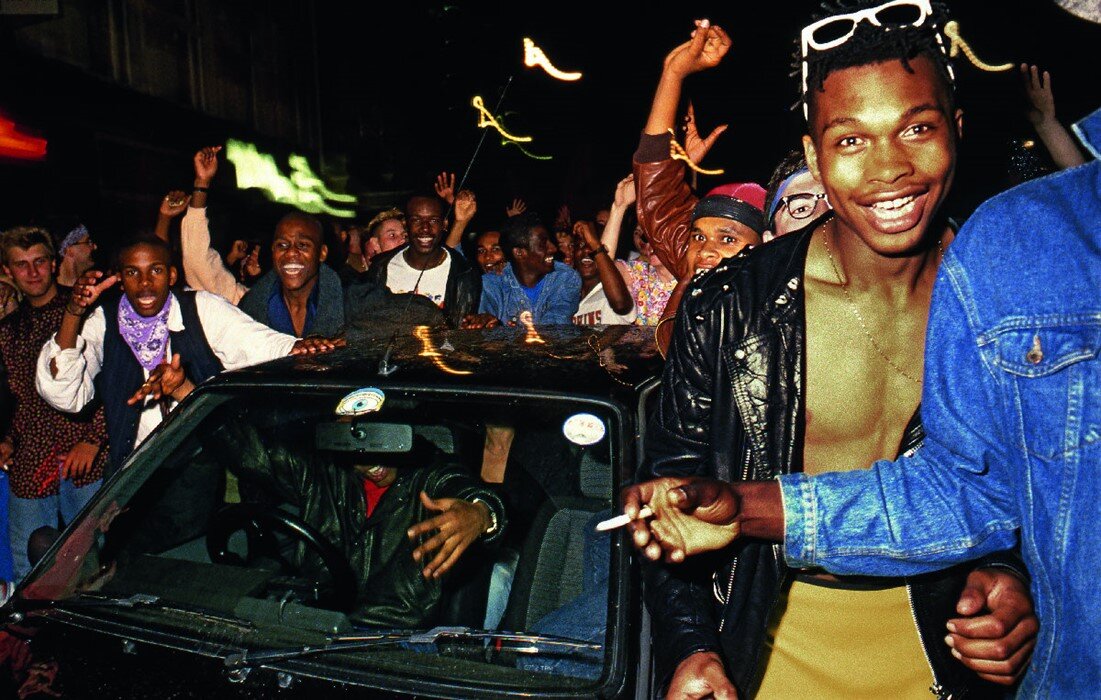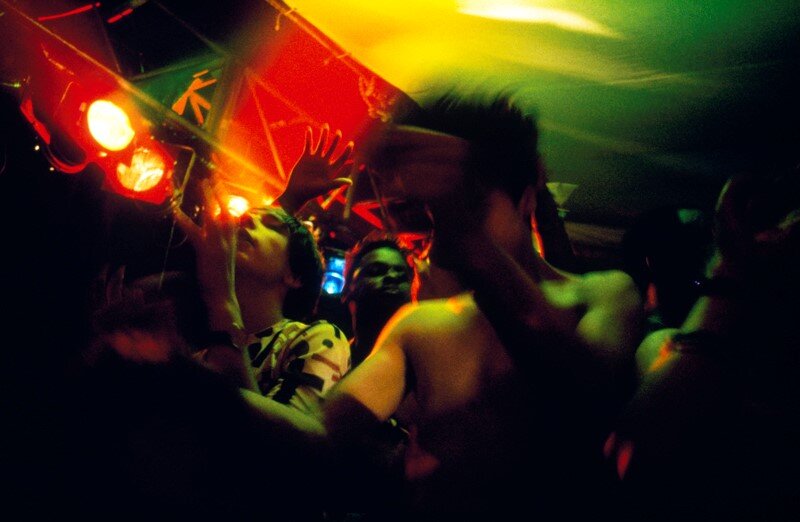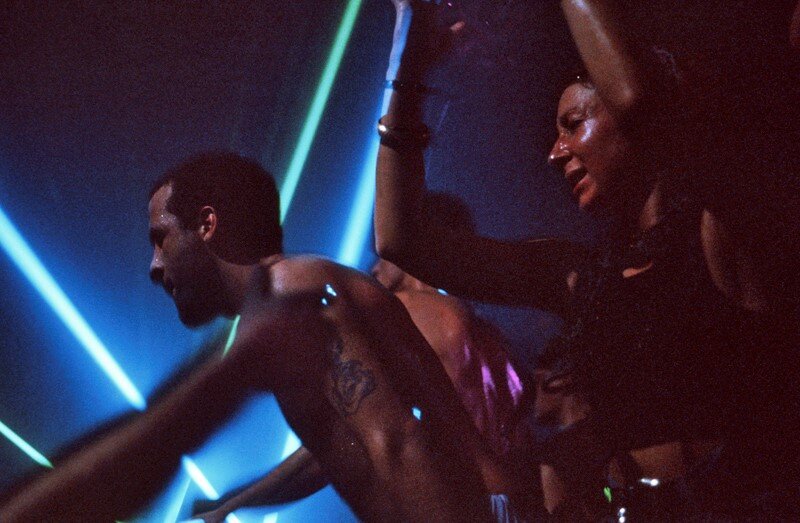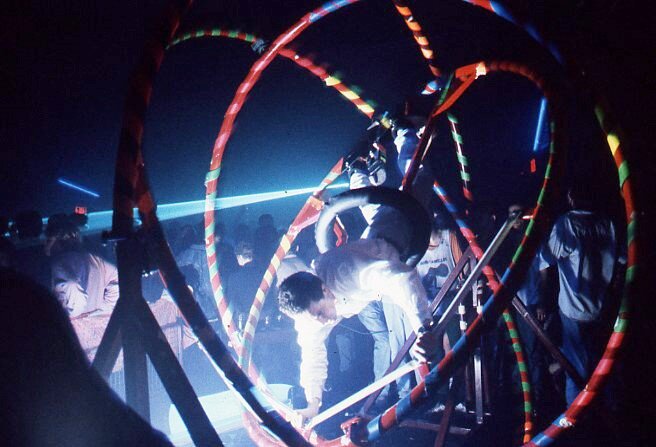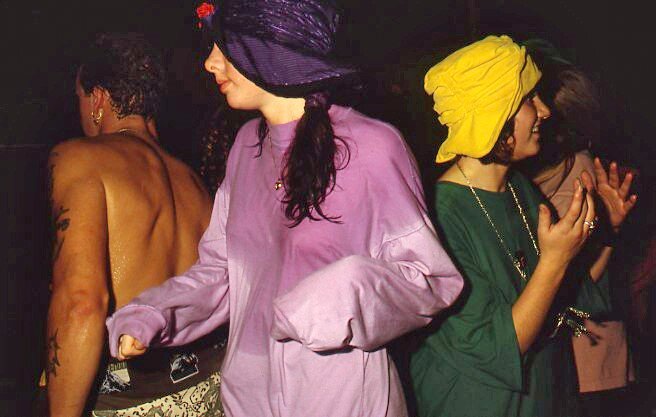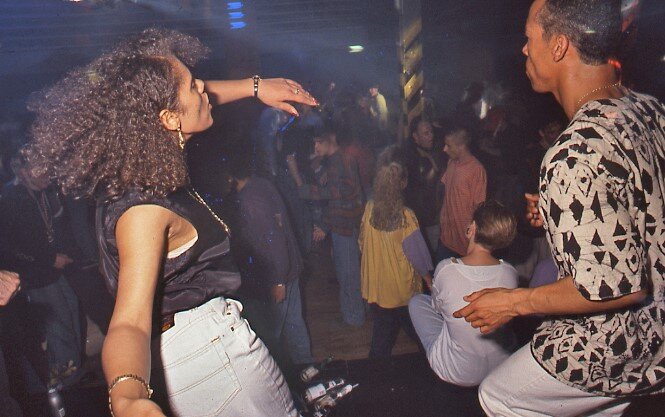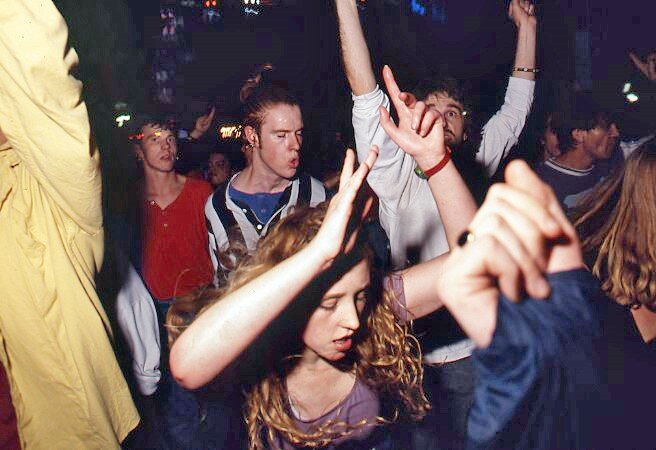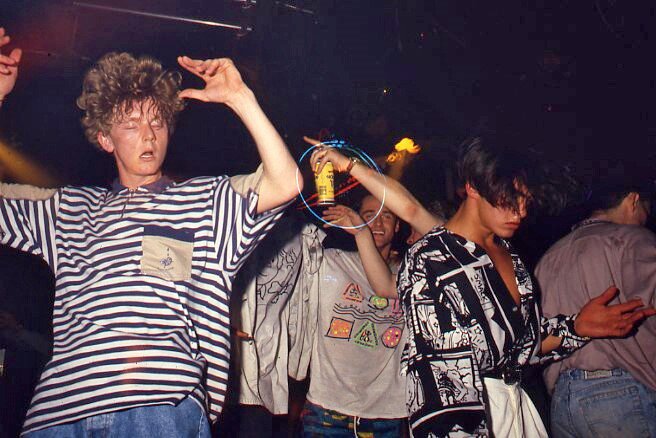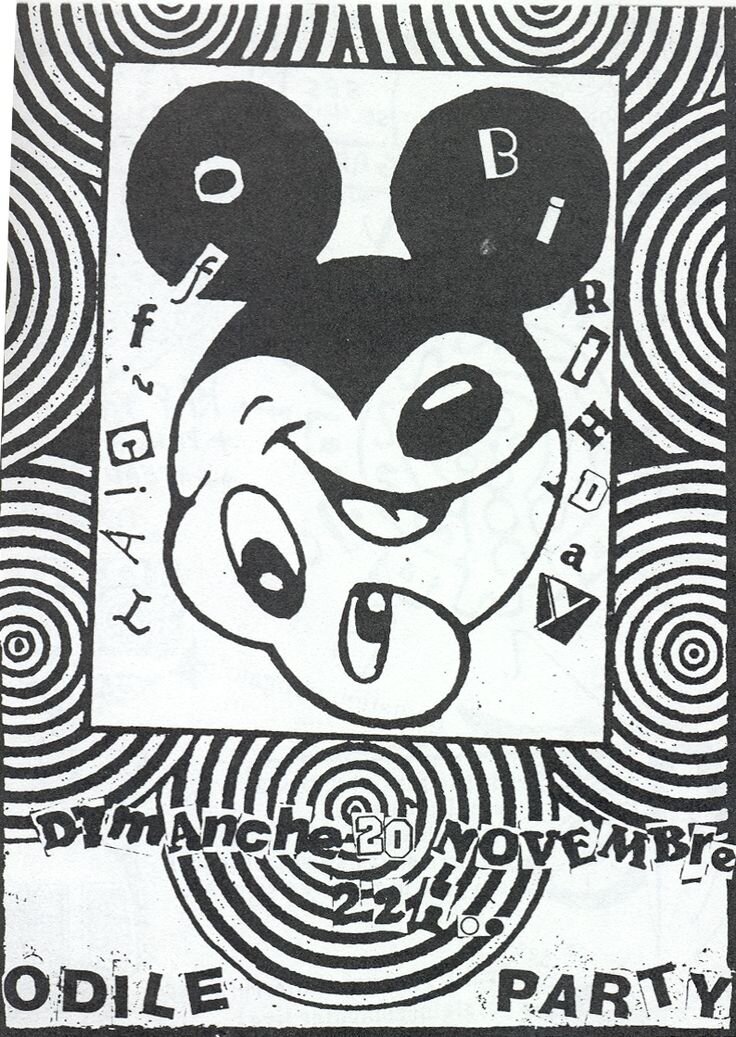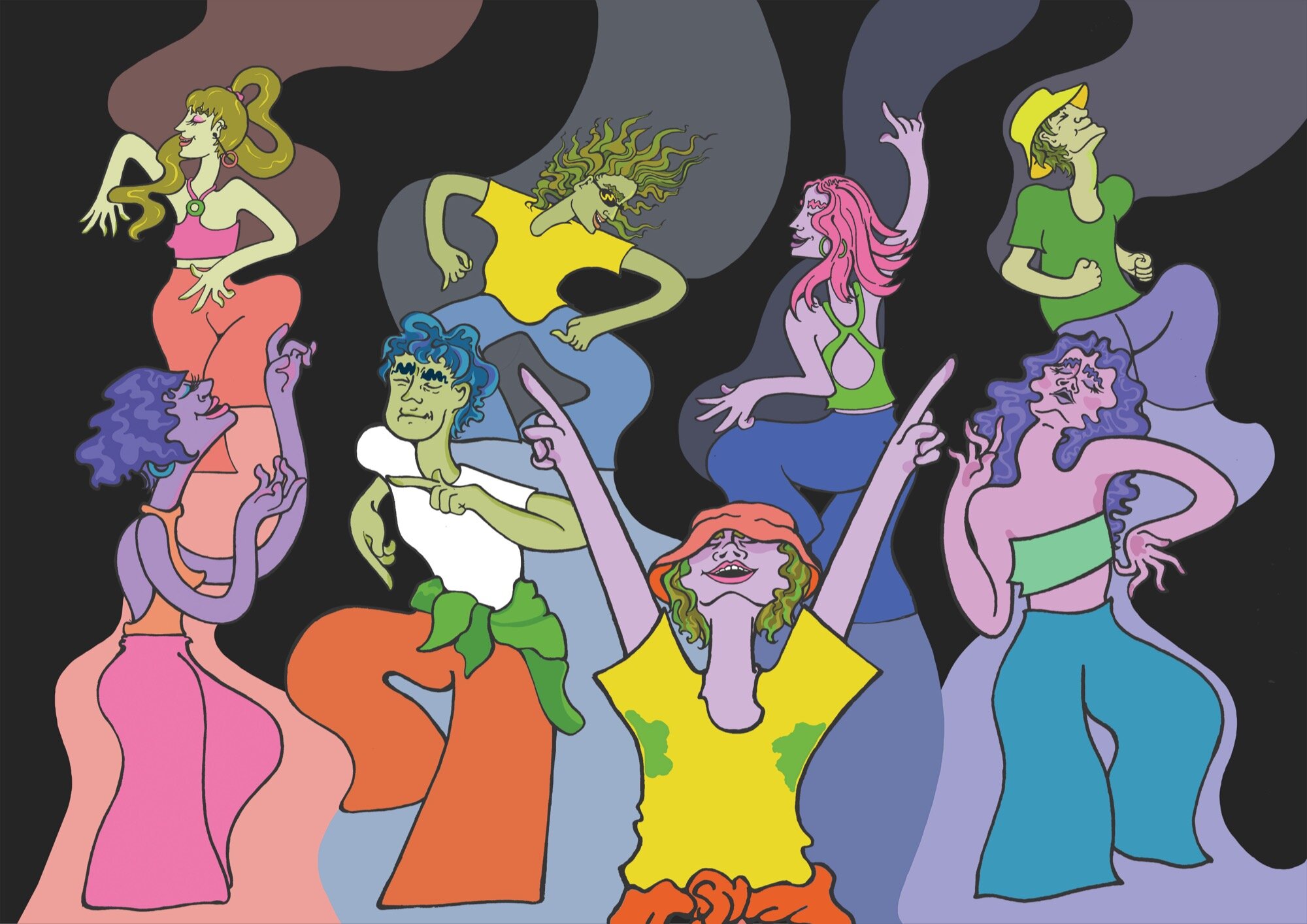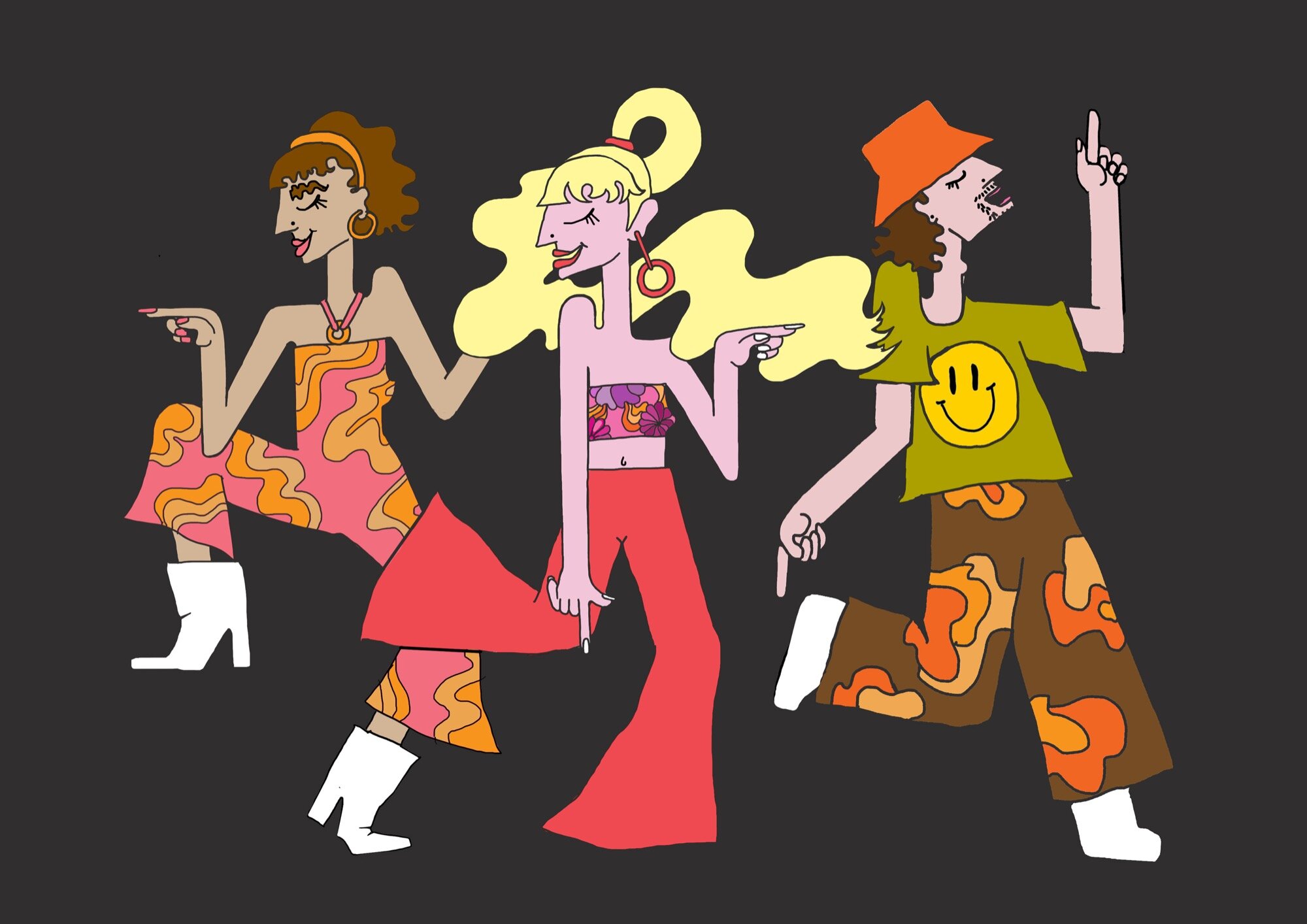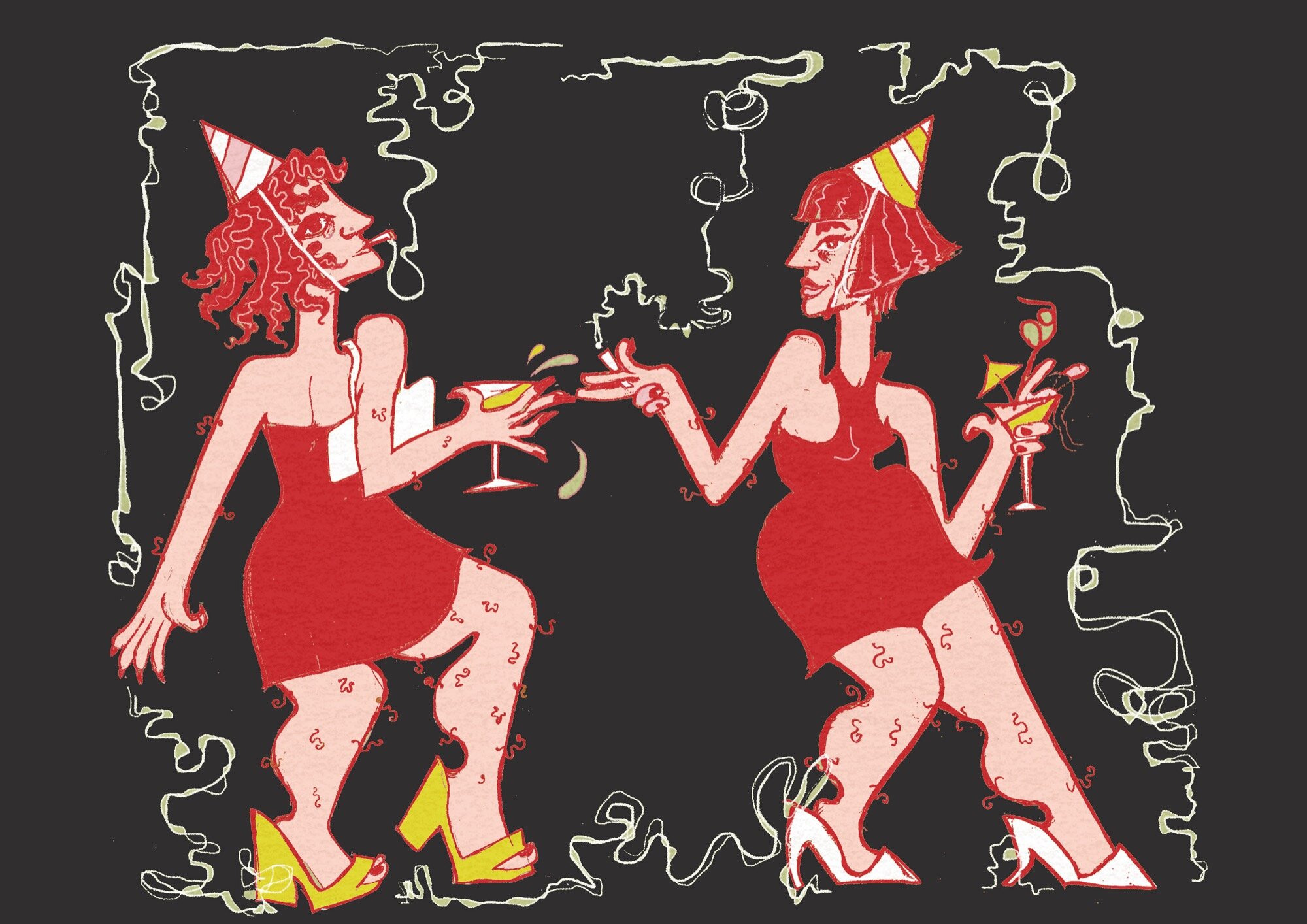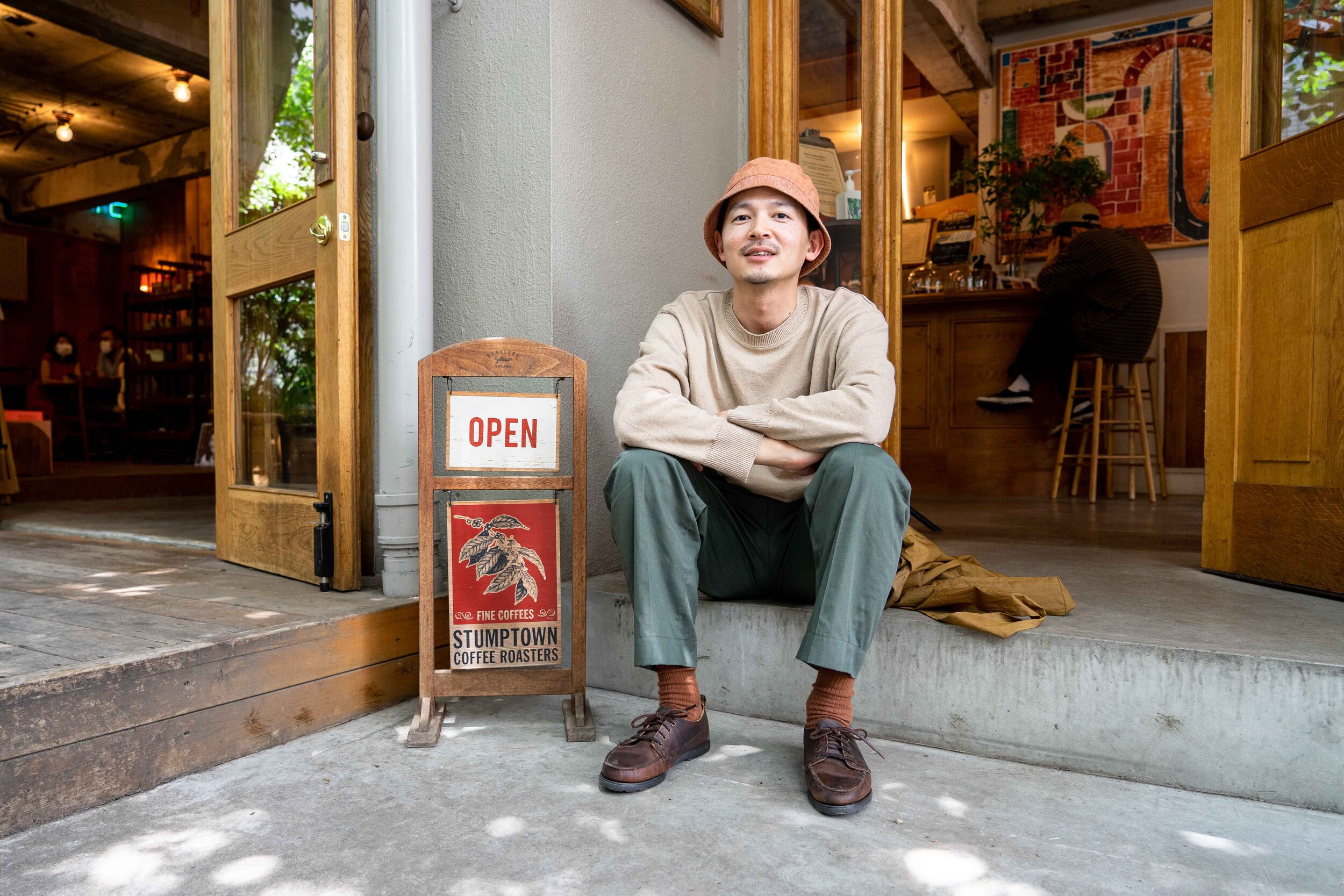Weak Become Heroes: A History Of Rave Culture

Wide eyes, strobing lights, and energizing music are some of the key elements that you will find at a rave; there are not many ways to describe how euphoric you can feel when you follow the music and let yourself go.
The right music, atmosphere, and people will have a significant impact on your night, surrounding yourself with people you are comfortable with is essential to have an enjoyable experience and be able to rave safely.
In the last half-century, raves have evolved into events that are capable of designing a journey that can lead you to create incredible memories, from organised forest raves to mysterious sewer parties. Understanding the many expressions of rave culture is only the beginning to a future full of excitement and mystery; as an attendee, you’ll find yourself at a crossroad many times as you will never truly know when the next event will take place, and all you can do is be ready to drop everything and go dance for hours until sunrise.
THE IBIZA FOUR
Rave lore has various theories on how the subculture began to take shape in the UK, like many stories everyone has their own version and opinion, and some of them have gathered followings from all over the UK. One of the most widely accepted and the one I choose to believe in is of the Ibiza Four.
To understand how a group of friends was able to bring back the tools necessary to start a music revolution, we have to fly to Ibiza, specifically during the summer of 1987.
Paul Oakenfold
Danny Rampling
The group of DJ friends is composed of Paul Oakenfold, Johnny Walker, Nicky Holloway, and Danny Rampling were discovering a new kind of music and, more importantly, a new drug. While visiting they were introduced to Amnesia, which was and still is one of the most acclaimed clubs on the island and under the influence of ecstasy, which had become the drug of the summer, they experienced the legendary DJ Alfredo who played the Balearic style which fused funk, soul, dance and a few Chicago acid tracks.
The four friends planned to bring the Balearic style of partying back to the UK and are believed to be the first to do so, as, during autumn of 1987, Oakenfold and friends each started Balearic nights in London. They wanted to recreate what they had experienced in their own style, and it all began with Oakenfold playing house at Project club. Oakenfold then started his own night named Future, which began to shift music tastes from hip-hop and rare groove to acid house and electronic dance music. While Danny Rampling and his wife Jenni opened a club of their own to be able to dictate how the nights would play out, the club was called Shoom, and without knowing it would change the face of the UK nightlight forever.
Shoom was based in a fitness centre in Southwark and was the pioneer in the Acid House movement, for many attending its famous nights became a religion as the club’s openness towards drug use created an environment of acceptance that many never experienced.
It’s said that Jenni had to write an open letter in a fanzine asking Shoom members not to give up their jobs as many of them were to be able to embrace the night events and not miss out on the Shoom experience. Rampling and friends provided the energy and push for the club culture we feel today, it’s about the music, the enjoyment, and the experience.
It didn’t take long for mainstream clubs to start picking up the sounds and gathering their own followers, moving further and further from Rampling’s vision of collective love and experience; club owners began to market and profit off these events and eventually putting an end to the Second Summer of Love.
Front-page of The Sun Newspaper , Monday June 26th 1989
Once the period ended, raves and ravers were still in full growth, and it wasn’t until 1989 when the UK media and the public began to properly take notice of the always growing participants.
Unfortunately, as the excessive reports by newspapers, the view on acid house, illegal raves, and ecstasy began to dim, ultimately leading to an increase in police crackdowns. In 1994 the government passed the Criminal Justice and Public Order Act banning the playing of repetitive beats in open spaces; this ban led to the closure of illegal clubs and the reduction of illegal events happening across the UK.
ILLEGAL RAVES
Post 1994, the rave scene, as mentioned by some of its founders, have grown stronger with participants wanting to keep events and the music going as long as possible. And with the advent of the internet and the technological advancement of the last few decades rave organisers have been able to party smarter and better.
One of the early issues of rave events was communication; playing a crucial part in the delivery information to rave goers, miss-communication could lead to an event being shut down early, which is the opposite of what the subculture is trying to achieve.
From encryption-based chatrooms to emails being sent out hours before the party begins, there are many ways to keep awareness public but attendance private; having experienced countless raves with all kinds of means of communication, it’s clear everyone is doing their best to keep the party going as long as possible without interruption from the police.
Over the year’s organisers have gotten better at expanding their networks and create an overall brand that oversees events, but that can’t be pinpointed to one specific person so as not to make only one person legally liable. With the advent of social media, these brands can upload content and gather a following without having to disclose locations and members involved, creating a safer environment for everyone.
Advertisement is playing a significant role in today’s scene as it’s one of the crucial components to gather a following, this can be achieved by creating an aesthetically pleasing brand that brings the attention of the event to those that would be interested in it; allowing organisers to showcase moments photographed after the event as more and more shows incorporate visual elements to them. New technologies have allowed a culture to flourish again and attract a new generation of music and dance lovers.
Technology has not only impacted how we experience and perceive raves; however, it has helped organisers produce better events by bringing more tools to the table.
One of the tools described by one of the organisers to find new locations in which to throw parties at was using real estate websites to look for potential venues as these websites provide descriptions, photos, floor maps, location and at times even capacity all for free to anyone with an internet connection.
Scouting for venues is always one of the hardest jobs as It used to involve going to multiple places to make sure they were abandoned and safe to use, with these new tools, you are given most of the information you need, and all thats left is to go and check the venue, this method allows organisers to review hundreds of places from their own homes instead of individually visiting all of them.
THE INTERNET
Technology hasn’t only allowed organisers to speed up the event making process but also to create new subcultures within the rave scene. In recent years a new form of partying started taking shape, one that began with the advent of the internet and it’s broadcasting possibilities; from a taped webcam on a wall in London, started what today can be considered one of the pioneers in online music broadcasting, Boilerroom.
Founded by Blaise Bellville in 2010, Boilerroom has created a new era of showcasing underground sounds by putting on exclusive events that recreate the experience of illegal raves but in a legal context, having streamed over 3.5 billion minutes of music since starting, proving that the formula used is working.
Legal raves have started a revolution that brings together the best aspects of both playing fields, illegal raves, and club parties. Being less regulated than a typical club, legal raves can be a place for safe drug-using while retaining the safety net a regulated club can bring; one of the most significant advantages is knowing the party won’t be suddenly shut down by the police as it’s following regulations.
Music sharing platforms have been able to further ground themselves within the culture by creating relationships with popular brands. One of the most recent examples is the collaboration organised by Off-White & Nike as part of a special promotion for a new fashion collection, called “TRACK & FIELD” C/O VIRGIL ABLOH.” The event was hosted in association with the London-based creative studio/record label, Bone Soda. As stated by one of the co-founders, Skinny Macho, the creative studio started as “a now-and-again no-frills party/project out of boredom & frustration of (then) London’s clubbing scene”; growing from a small party project into a full-fledged studio, organising events with two of the biggest brands of the moment, shows the possibilities of legal rave projects and how far they can be taken and the impact they can have on people.
The legal rave scene has allowed different projects to flourish and grow into companies that are capable of pushing forward up and coming artists and be allowing them to create a career out of their passion for music, unconsciously carrying forward Danny Rampling’s view on raves.
THE CULTURE
Since the beginning of time, music has been a crucial part of all cultures, allowing the expression of emotions and the creation of memories. The rave revolution is just another chapter on the always growing history of music book, a section that can be experienced today and one that had a significant influence in shaping the current music scene.
In an abandoned warehouse in the industrial district of Torino, my home town, is where I began my rave journey. A place where I discovered the incredible sounds of house, techno, and electronic music; dancing for hours on end and letting the music dictate the emotions I feel, allowing my body to take control and enjoy the moment until sunrise.
After my first rave, I felt a craving to try and recreate the feelings I had experienced; it was about a year after that eye-opening day that I had to move to England, this was a surprise but a welcome one.
In the land of cheap pints and fish & chips, I was able to fall in love with a new musical culture.
Learning to speak and understand English allowed me to finally be able to understand what a lot of songs I listened to were trying to say and being able to connect with music at a deeper level.
During this process of self-discovery, I had the privilege to attend a variety of different events which led me to fall in love with the subculture, many of my best memories have been created at music events where opinions don’t matter, and the music beautifully dictates everyone’s emotions.
My experience has been an overwhelmingly positive one, and I feel as if at least once, everyone needs to experience the stimulant feelings you receive when you are at a rave; I don’t plan to stop going to legal and illegal music events any time soon, having experienced a Berlin club with over 50s out of their mind dancing for over 6 hours straight, I know I want to be able to enjoy the culture as long as I possibly can and keep creating wonderful moments.
About the Author:
Thomas is a designer from Italy’s Turin metropolitan area and currently residing in London, he specialises in visualising abstract concepts that bridge the world of theoretical science and design. Running, science, and sounds drive his love for life, surrounded by plants and positive people.




